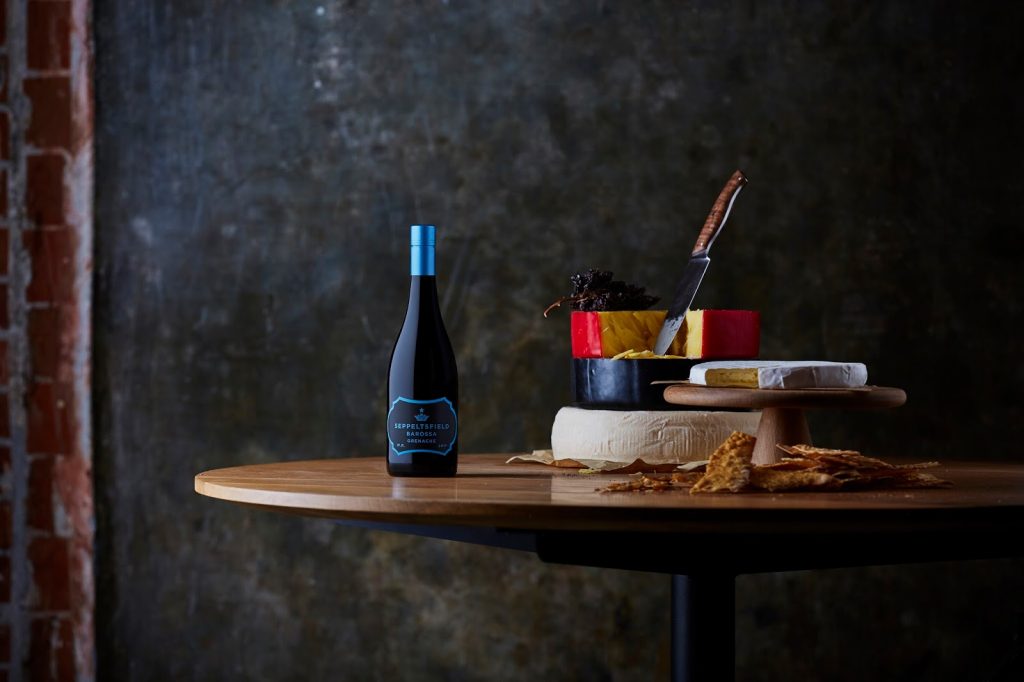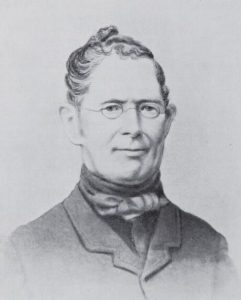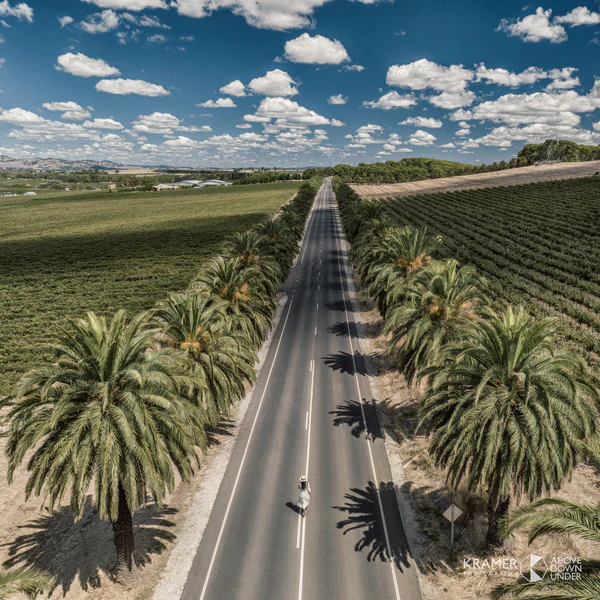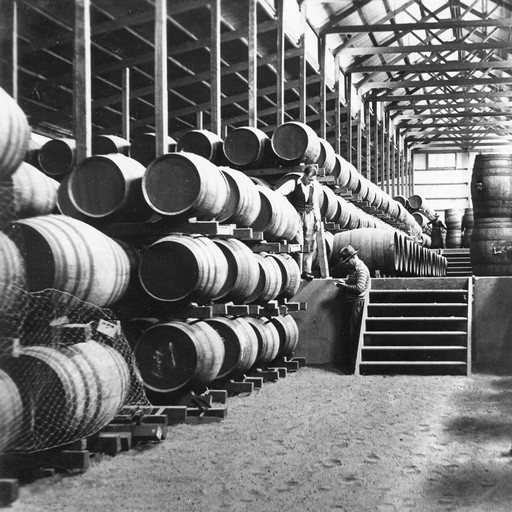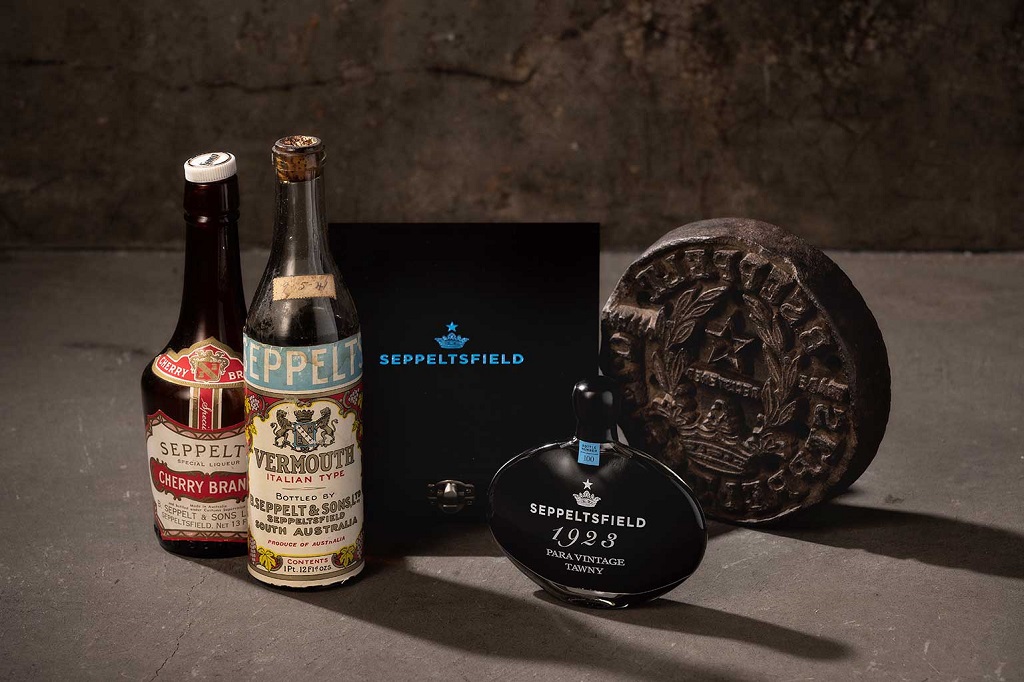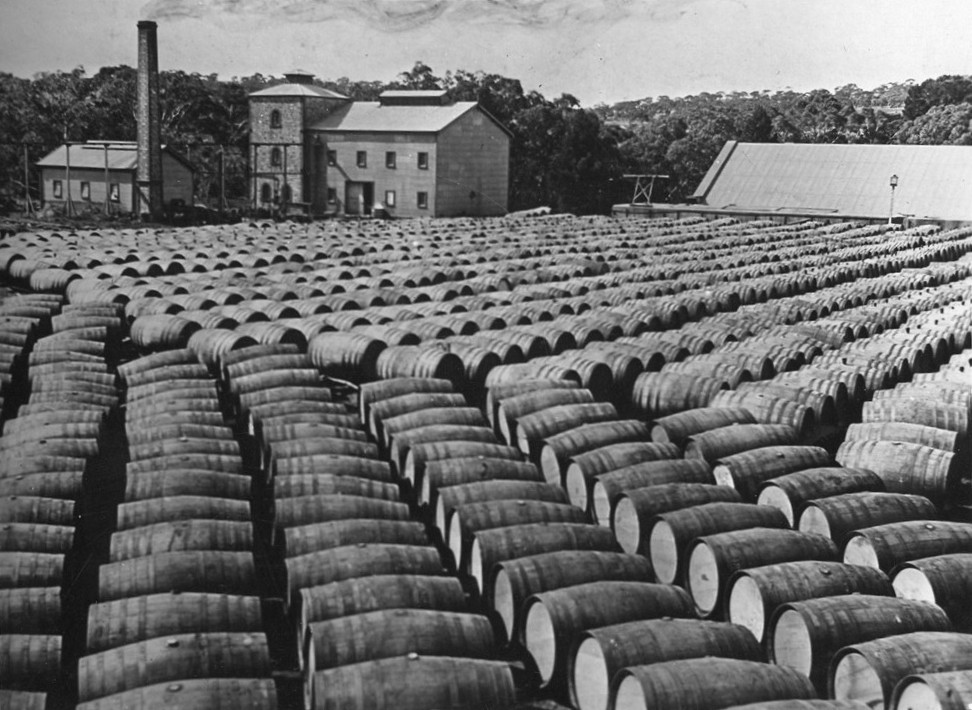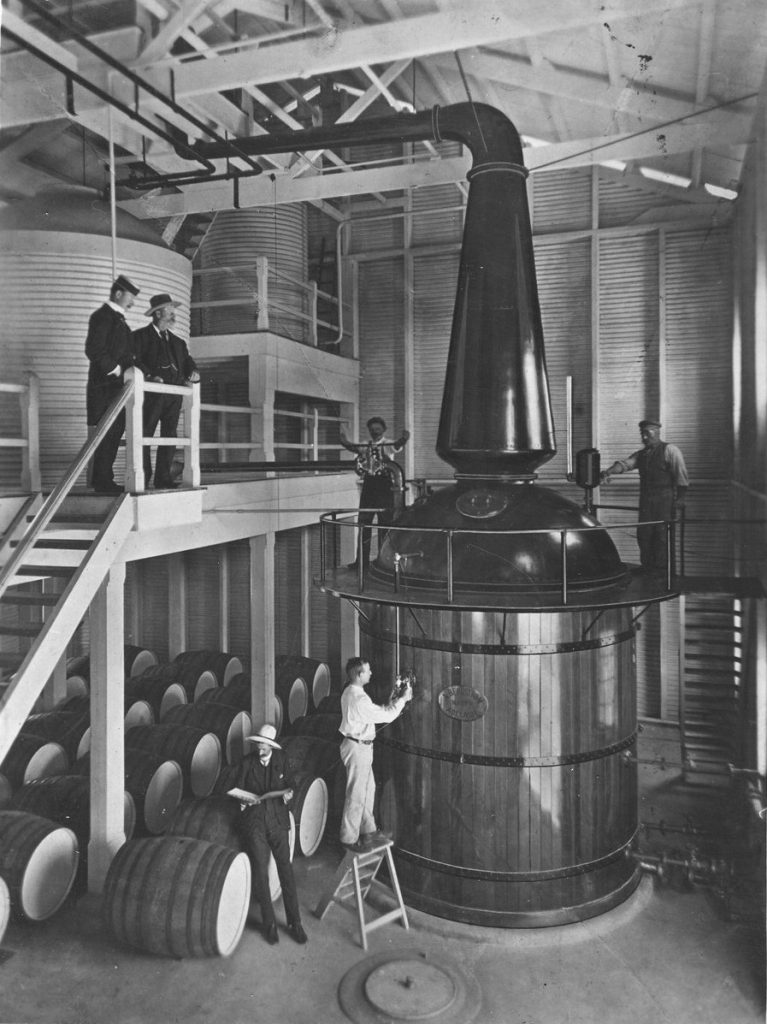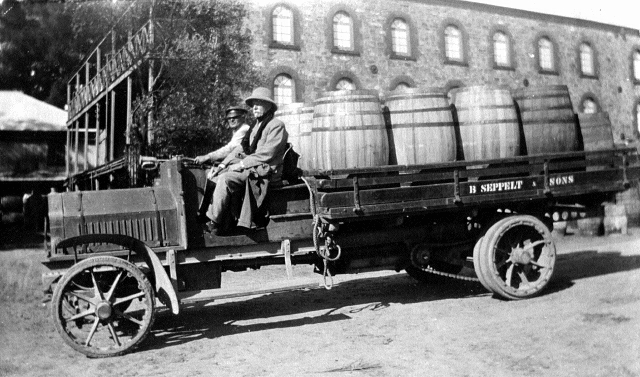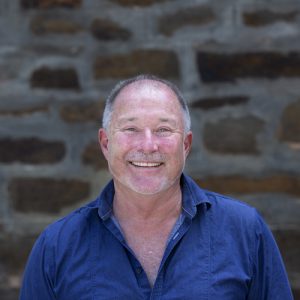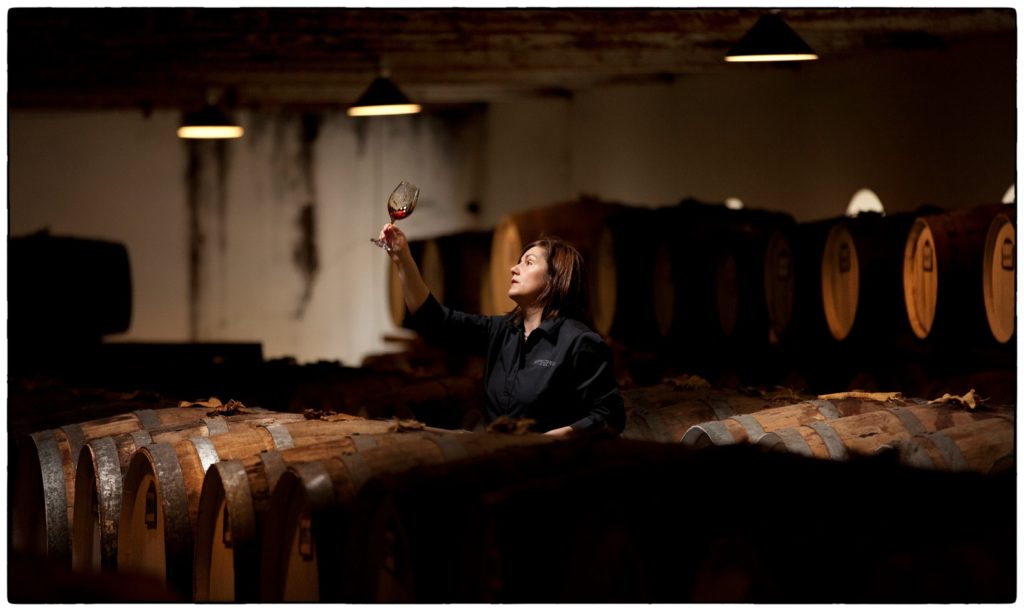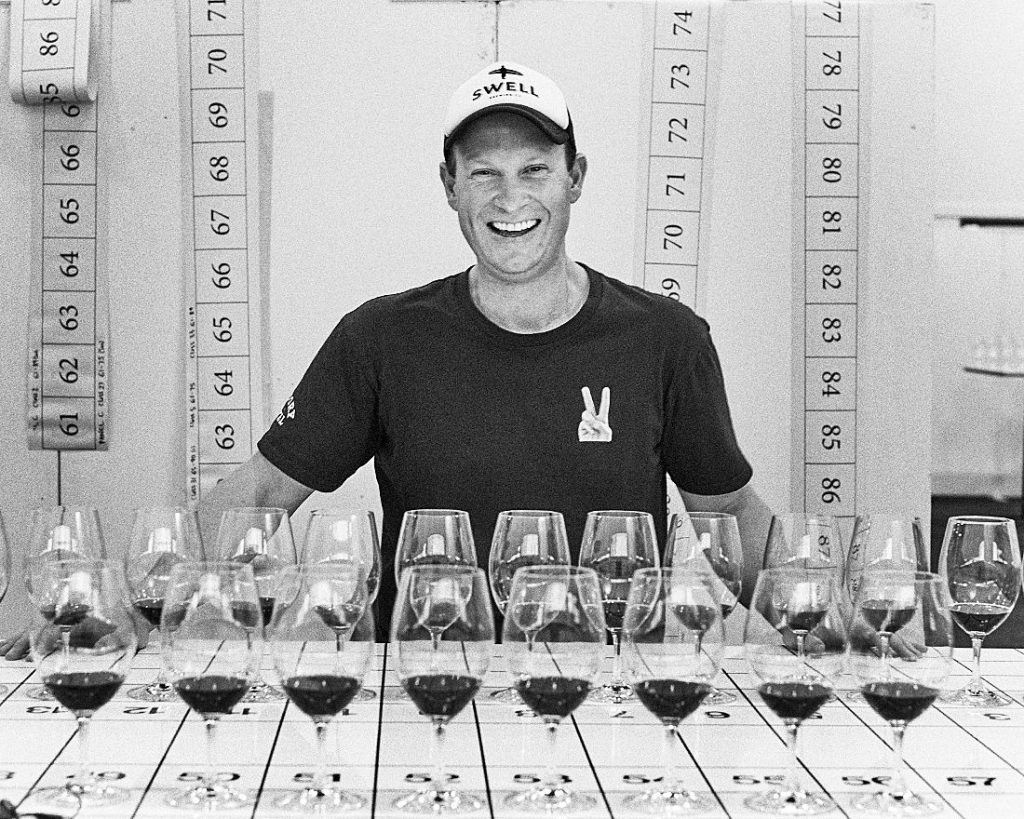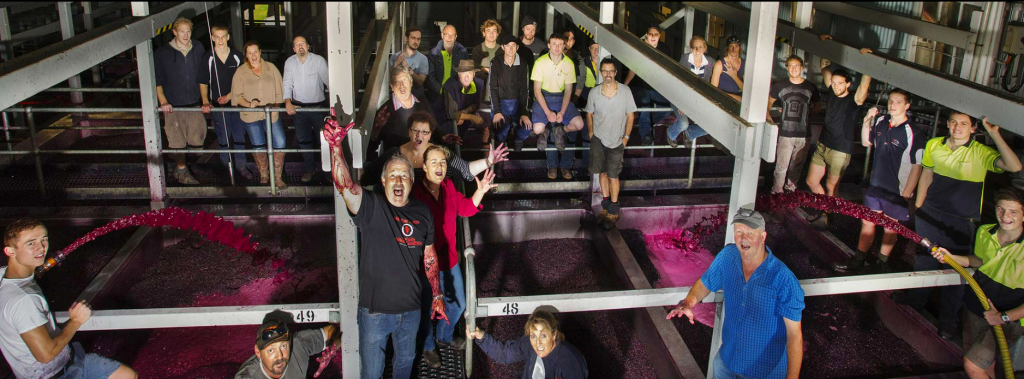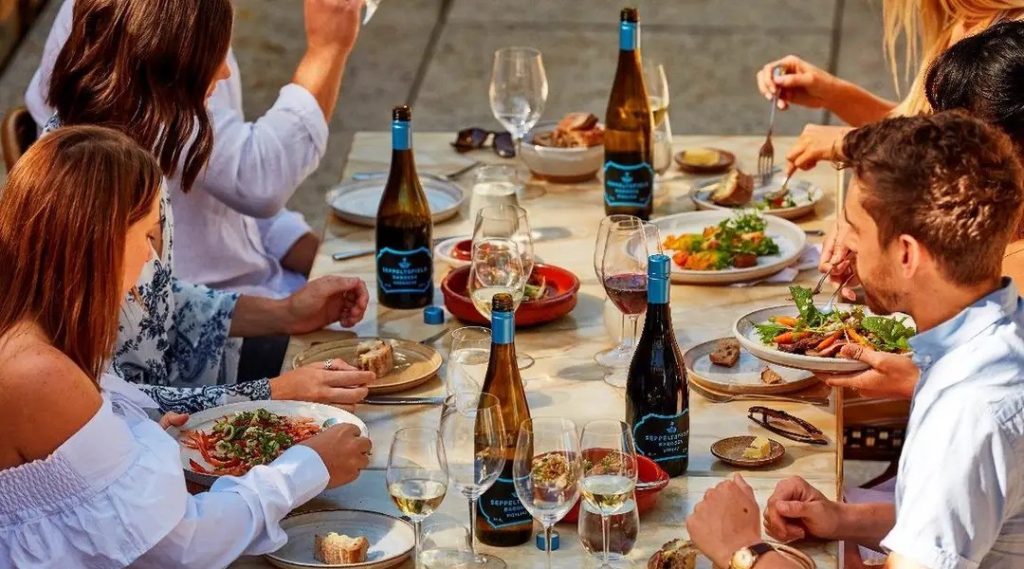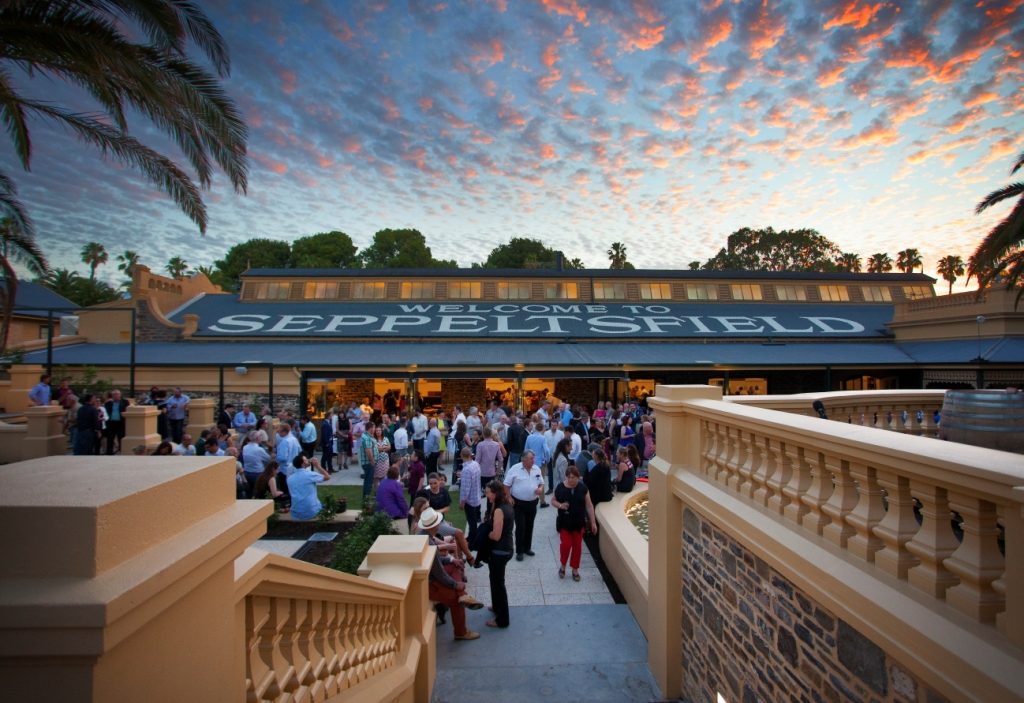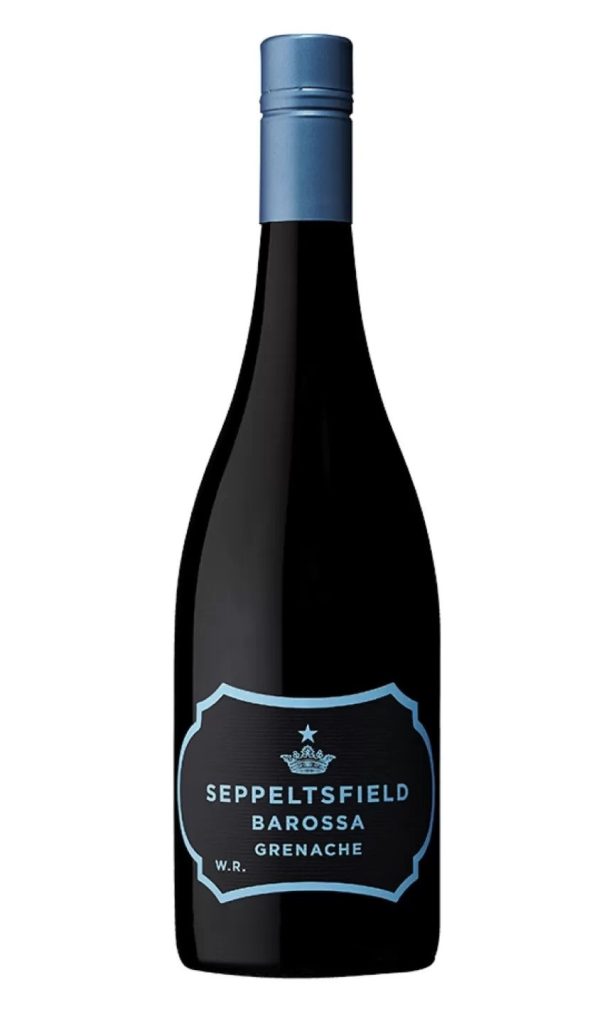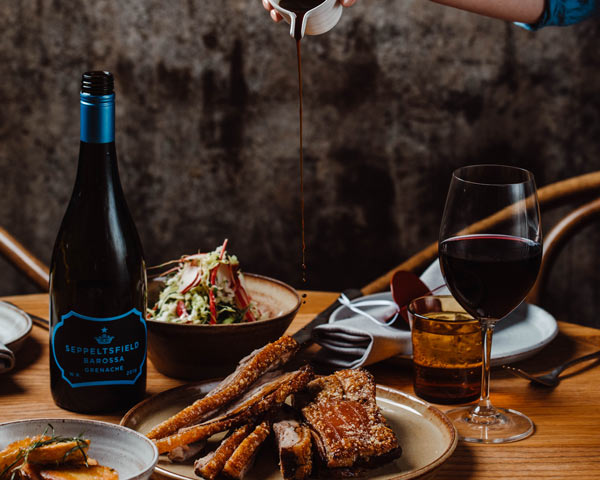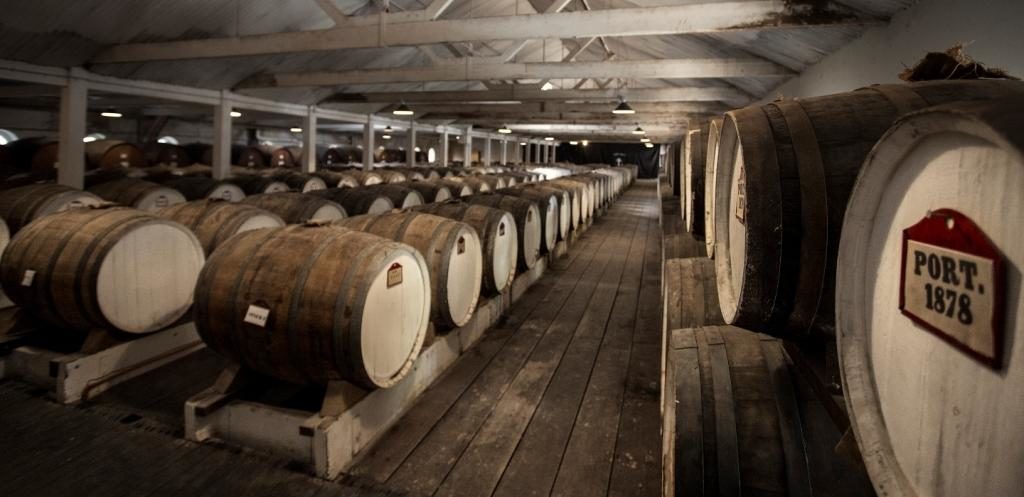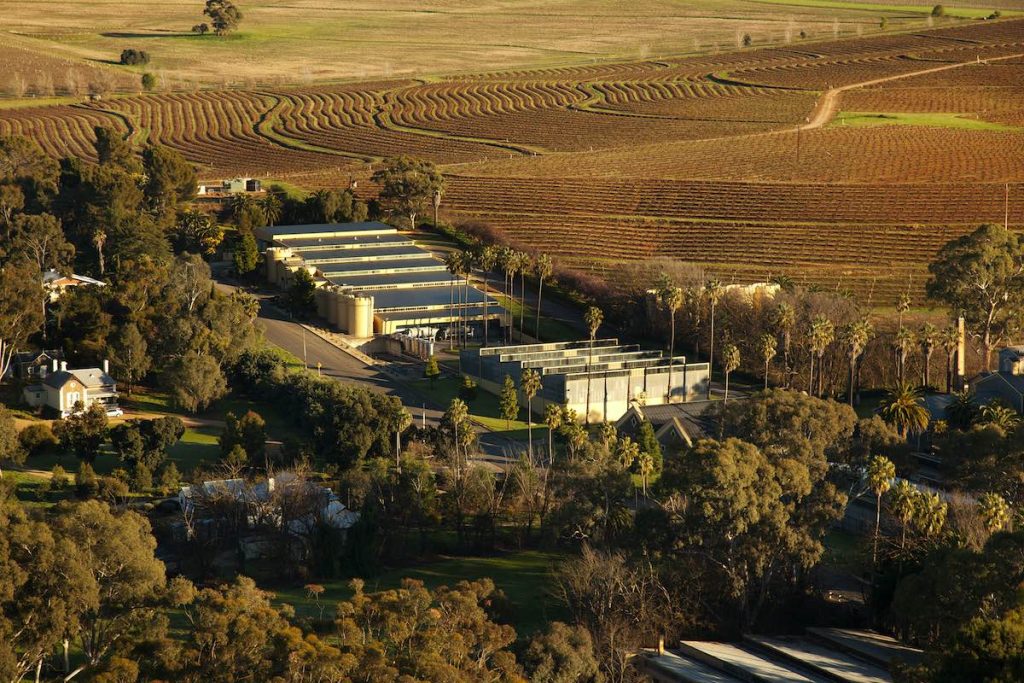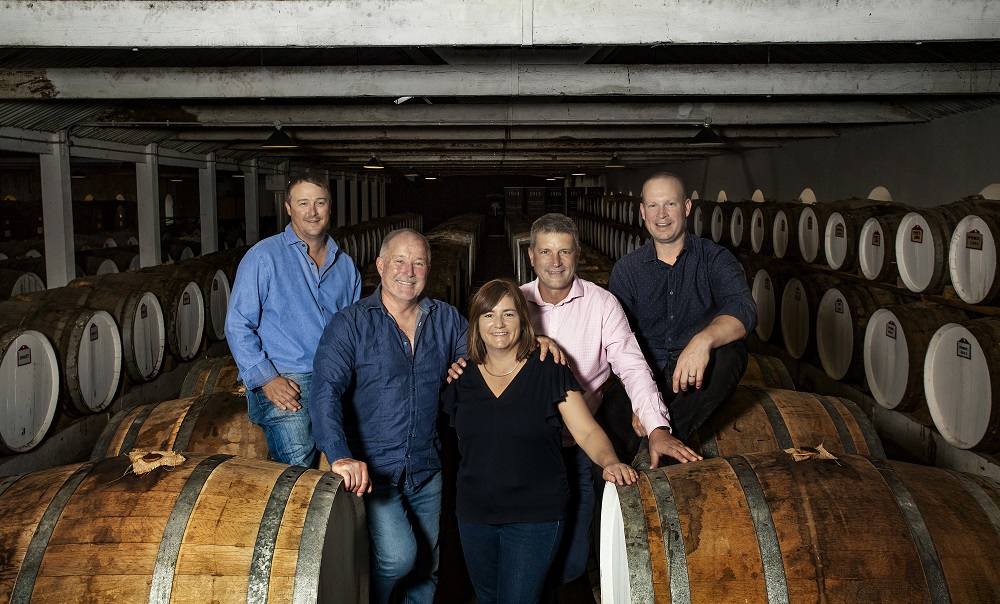Seppeltsfield
Joseph was born in 1813 in Wüstewaltersdorf, Prussia, now known as Walim in Lower Silesia, Poland, his father had fought Napoleon’s forces in Russia. After an education in music and arts, Seppelt toured Germany and Italy learning the aspects of tobacco, snuff and liqueur production in order to continue the family business. In 1849, when business declined due to political and economic unrest, he migrated to Australia from Silesia with his wife, Johanna Charlotte (Held), and their three children – Oscar, Hugo and Ottilie.
He settled at Klemzig with the ambition of growing tobacco however, he found the land unsuitable and instead moved on to the Barossa Valley. In 1851, Seppelt purchased 64 ha of land for £1 an acre and named it Seppeltsfield.
He soon discovered that the land and climate in the Barossa Valley were also not suitable for growing tobacco. The Seppelts did however enjoy some success with growing wheat on their land and, due to the gold rushes of the 1850s, were able to sell at high prices.
Seppelt also planted vines that flourished, so that by 1866 he was contributing Wines and Spirits to the Melbourne Intercolonial Exhibition. A year later construction had begun on a large winery, in 1878 Joseph passed away but the winery continued to expand and improve under the stewardship of his son Benno Seppelt. By the turn of the century, the Seppelt Winery was Australia’s largest winery, producing 2 million litres annually.
Seppeltsfield Road
“…Seppeltsfield is a wonderful place and is a great example of what can be accomplished by well-directed industry and enterprise. It has often been alluded to as the showplace of Australia. It deserves the title, as for the magnitude of the works and the quantity and quality of wines, spirits, and vinegars produced, it is unequalled in Australasia…”
– Kapunda Herald, 3rd November 1905
1878, saw the completion of the large stone cellar and gravity-fed winery, which -at the time of construction- made Seppeltsfield one of the largest and most modern wineries in the world. To celebrate this milestone, Benno Seppelt selected a puncheon of his finest wine and declared that the barrel would be allowed to mature for 100 years. This was the beginnings of the Centennial cellar and the world-famous Seppelt ‘Para’ 100-year-old Tawny Port. Every year since 1878, the winery has set aside a substantial amount of its finest fortified wine to be matured for 100 years in barrel prior to release. In 1978, the first bottles of the 100-year-old wine were released.
Seppeltsfield is the only winery to set aside such notable commercial quantities of wine, for consecutive vintages over the past 100 years, and nowhere else in the world does a winery annually release a commercially available wine that is a century old.
The Seppeltsfield fame grew, it became something of a village with winery buildings, stables, a distillery and most famously its nine-kilometre avenue of Phoenix canariensis, a flowering date palm tree native to the Canary Islands of the coast of West Africa. Seppeltsfield went on to thrive as an artisan community, steeped in rich Barossan heritage, it was soon considered a true national treasure which helped shape the history of the Australian wine industry.
Over the ensuing 130 years, B Seppelt & Sons built a wine empire, producing fortified wines in the Barossa and sparkling wines and table wines at Seppelt Great Western in Victoria. Seppeltsfield flourished well into the 20th century, as part of the Seppelt family’s growing interests in the liquor industry, which included expansions into the Great Western and Rutherglen regions of Victoria.
Regarded as one of Australia’s most successful wine dynasties, the Seppelt family maintained ownership of their wine interests, including Seppeltsfield, until 1985. B Seppelt & Sons, as it was then known, went on to evolve into a period of corporate ownership that would extend into the next three decades.
After multiple corporate takeovers left the Seppeltsfield brand on shaky ground, it has now been under the custodianship of one of its young star winemakers of the 1980’s and 90’s; the driven, charismatic and incredibly talented winemaker, Warren Randall. Randall took a 50% percent stake in the winery in 2008 and then began restoring the original gravity-fed operation, taking a 90% stake in the company in 2013. Today Seppeltsfield is truly re-established to its former and glory and is again one of the world’s great winemakers, producing some of Australia’s finest wines.
Warren Randall has been something of a phenomenon during his star-studded career in the Australian wine industry, since graduating from Adelaide University in Agricultural Science and Charles Sturt University in Wine Science, Warren gain experience working for Seppelt Great Western Winery, Andrew Garrett Wines, Tinlins Wines, Wynns Winegrowers, Seaview Champagne Cellars and Lindemans Wines. During Warren’s seven-year stint at Seppelt Great Western winery – he was responsible for having redefined Australia’s sparkling wine landscape. He was the most awarded Seppelt winemaker, 28 trophies at wine shows one year, then thirty-two the next, with two grand slams in 1985 and 1987 (trophies for sparkling wine in every show in Australia).
Warren received the ‘Len Evan’s Award in 2015’ for ‘Exemplary Leadership in the Australian Wine Industry’ and was recognised as Ernst and Young ‘Entrepreneur of the Year’ in 2002. He is a current ambassador for the South Australian Government (PIRSA) Premium Food and Wine and has been since 2015.
I first met Warren Randall towards the end of his time at Seppelts, and again when he owned and operated Tinlins in McLaren Vale, when I worked in the region. As well as being incredibly talented and skilful, I knew him to be extremely hardworking and focused, you could not help but be impressed.
Under Randall’s astute experience and passionate guidance, there has been the release of a series of magnificent small-batch table wines; including reds crafted through the historic 1888 Gravity Cellar.
Randall has also gathered around him a remarkable team, including Chief Winemaker Fiona Donald who in 2012, was awarded Barossa Winemaker of the Year by the wine fraternity ‘Barons of Barossa’ and in 2016 was inducted as a Baron of Barossa. Fiona is also a Len Evans Tutorial Scholar. Fiona has been a member of the Royal Adelaide Wine Show committee since 2015, a panel chair at the Hunter Wine Show and Chairman of the Riverland Wine Show. She is also a judge at the Alternative Varieties Wine Show and Barossa Wine Show. Fiona leads the Seppeltsfield Winemaking team and is the custodian of the Centennial Cellar.
Senior Winemaker Charlie Seppelt, who has completed thirty-one vintages to date, both domestically and internationally. Charlie is the fifth generation of Seppeltsfield’s founding family.
Charlie has experience working at wineries across France, United States, New Zealand and Australia. His experience includes d’Arenberg, Torbreck, Hardy’s Tintara, Jackson Family Wines (Hickinbotham Clarendon and Yangarra Estate), Chateau Giscours, Te Mata Estate, Villa Mara, Lewis Cellars, Domain Dublere before joining the Randall Wine Group in 2017. Charlie is also a Len Evans Tutorial Scholar and frequently seen on the judging circuit across the Capital City Wine Shows and Regionals.
The winery now has over 420 acres of surrounding vineyard, many of them classified as Ancient Vines, historically significant winemaking buildings, majestic gardens and priceless architecture.
The property boasts twelve heritage-listed buildings, 2000 Canary Island palm trees and over 25,000 barrels of prized fortified wine, maturing gracefully within the estate’s vast cellar holdings.
The artisanal village feel is also back with Seppeltsfield being a marriage of Barossan history, community and fine winemaking endeavour, home to the Jam Factory art and design studios and the critically acclaimed restaurant FINO @ Seppeltsfield, completing the renaissance of Seppeltsfield Road.
The famous Palm Tree lined avenue section is in fine health; it begins at the western entrance and was planted by Seppeltsfield workers during the great depression. The complete road is a series of straight lines and sharp turns through just over nine kilometres of some of the most famous vineyard soils on the planet, dissecting the three legendary Barossa sub-regions of Seppeltsfield, Greenock and Marananga.
The road encompasses 18 winery cellar doors, internationally renowned culinary television personality Maggie Beer’s ‘Farmer’s Market’ and highly acclaimed restaurants Hentley Farm and Fino; all conspiring to make it one of the most picturesque and historically significant winery drives in the world.
Seppeltsfield Barossa Grenache
The 2022 Seppeltsfield Barossa Grenache wine was sourced from Seppeltsfield plantings of Grenache on the western ridge of the Barossa, fermentation was 5% whole bunch, 95% whole berry and was matured without the use of oak. The wine won the trophy for ‘Best Grenache in Show’, at the 2022 Royal Adelaide Wine Show and has been given 96/100 points by renowned Australian Wine Critic, James Halliday.
Dark Ruby in colour with a glowing halo; raspberry juice and ripe plum aromas waft up from the glass, over more complex notes of wild herb, pomegranate, cranberry, star anise, mixed peel and all-spice.
This is all about impeccable fruit quality: rich, ripe, attractive berry flavours that ooze onto the palate, there is depth but also freshness and finesse. A generous dollop of juicy ripe berry fruit gushes on the mid-palate, but the wine never loses its poise and balance; subtle spice, cola and liquorice at complexity, the back palate shows fine, gentle powdery tannins and a touch of wet stone which help give the wine its impressive composure. In Summary, here is a wine that is focused on the quality of its fruit, an attractive and exemplary exhibition of old vine Barossa brilliance with all the charm and beauty of the Grenache variety from this region.
I long remember a boozy wine dinner after the Royal Melbourne wine show decades ago, Warren and I were at the same table, lamenting the recent sale of Seppelts Great Western winery, another family-owned icon gone over to the corporate world of shareholder value and stock market performance. I could never have imagined that he would one day buy the farm and return it to its former glory. Today, Seppeltsfield is a winery with an enthralling and important history, a brilliant and driven personality, a talented team and incredible vineyard, winery and property assets. However, perhaps most important of all, it is making exceptional wine, making it well worthy of retaking its place as one of the world’s great wine producers.
Darren Gall

